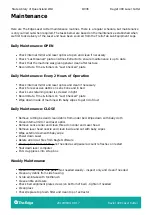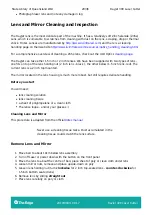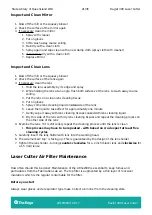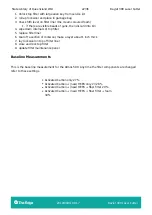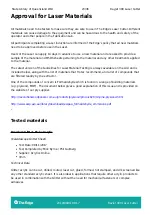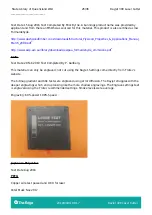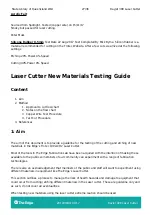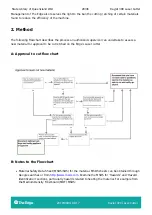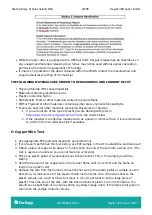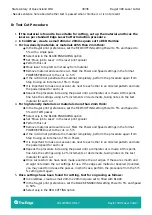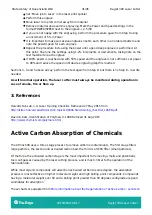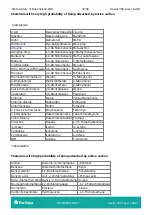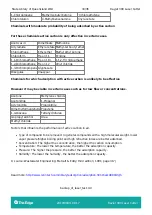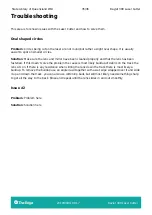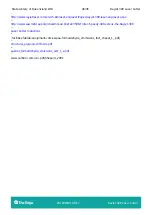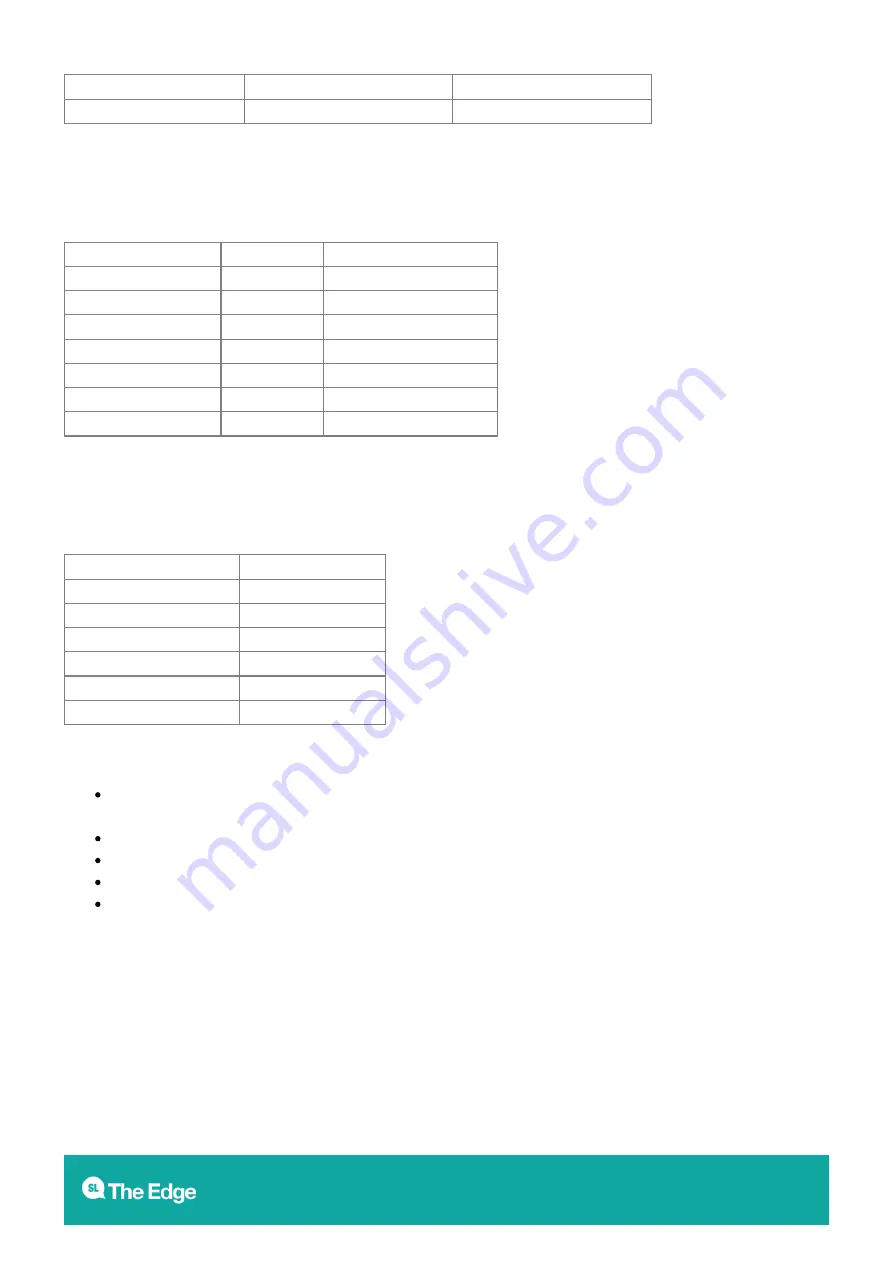
State Library of Queensland Wiki
33/36
Rayjet 300 Laser Cutter
2019/08/01 08:17
Rayjet 300 Laser Cutter
1-Chloropropane
Methyl Isobutyl Ketone
Trichloroethylene
Chlorotoluron
4-Methylbenzenamine
Vinyl acetate
Chemicals with moderate probability of being adsorbed by active carbon
For these chemicals active carbon is only effective in certain cases.
Acetic acid
Dimethoate Methionine
Acrylamide
Ethyl acetate Methyl-tert-butyl ether
Chloroethane
Ethyl ether
Methyl ethyl ketone
Chloroform
Freon 11
Pyridine
1,1-Dichloroethane Freon 113
1,1,2-Trichloroethane
1,2-Dichloroethane Freon 12
Vinyl chloride
1,3-Dichloropropene Glyphosate
Dikegulac
Imazypur
Chemicals for which adsorption with active carbon is unlikely to be effective
However it may be viable in certain cases such as for low flow or concentrations.
Acetone
Methylene chloride
Acetonitrile
1-Propanol
Acrylonitrile
Propionitrile
Dimethylformaldehyde Propylene
1,4-Dioxane
Tetrahydrofuran
Isopropyl alcohol
Urea
Methyl chloride
Factors that influence the performance of active carbon in air
Type of compound to be removed: In general compounds with a high molecular weight, lower
vapor pressure/higher boiling point and high refractive index are better adsorbed.
Concentration: The higher the concentration, the higher the carbon consumption.
Temperature: The lower the temperature, the better the adsorption capacity.
Pressure: The higher the pressure, the better the adsorption capacity.
Humidity: The lower the humidity, the better the adsorption capacity.
1) source: Wastewater Engineering; Metcalf & Eddy; third edition; 1991; page 317|
Read more:
http://www.lenntech.com/library/adsorption/adsorption.htm#ixzz4880i9cJh
backup_of_laser_test.cdr

